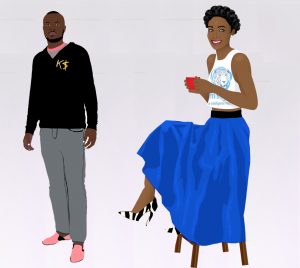- Email:info@cimagencytz.org
- phone:+265 993 872 381
3D ANIMATION ZONES

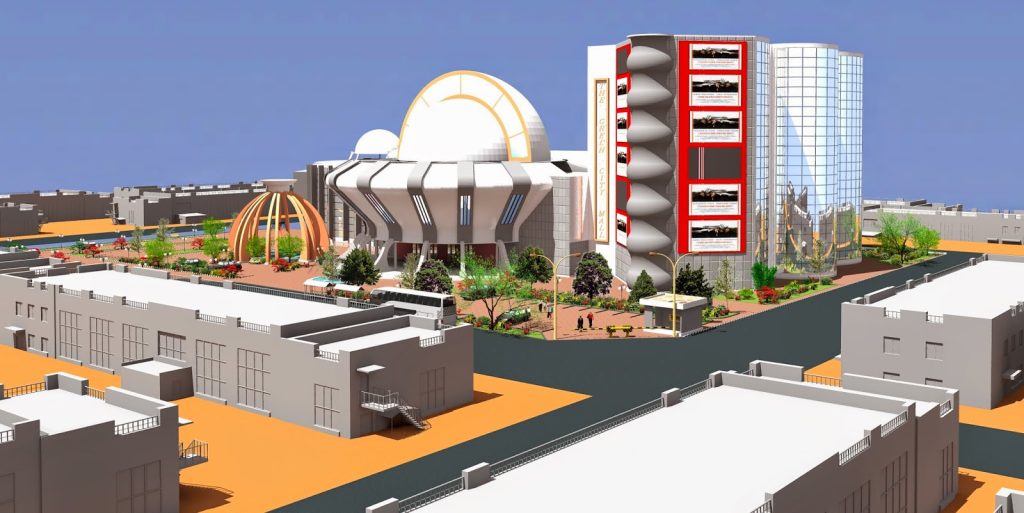
7 Minite read

By Kay Andre Vamour
31/07/2018
Animation
Our bespoke training courses are built around your business
and will enable you to achieve a best fit between your needs and objectives.
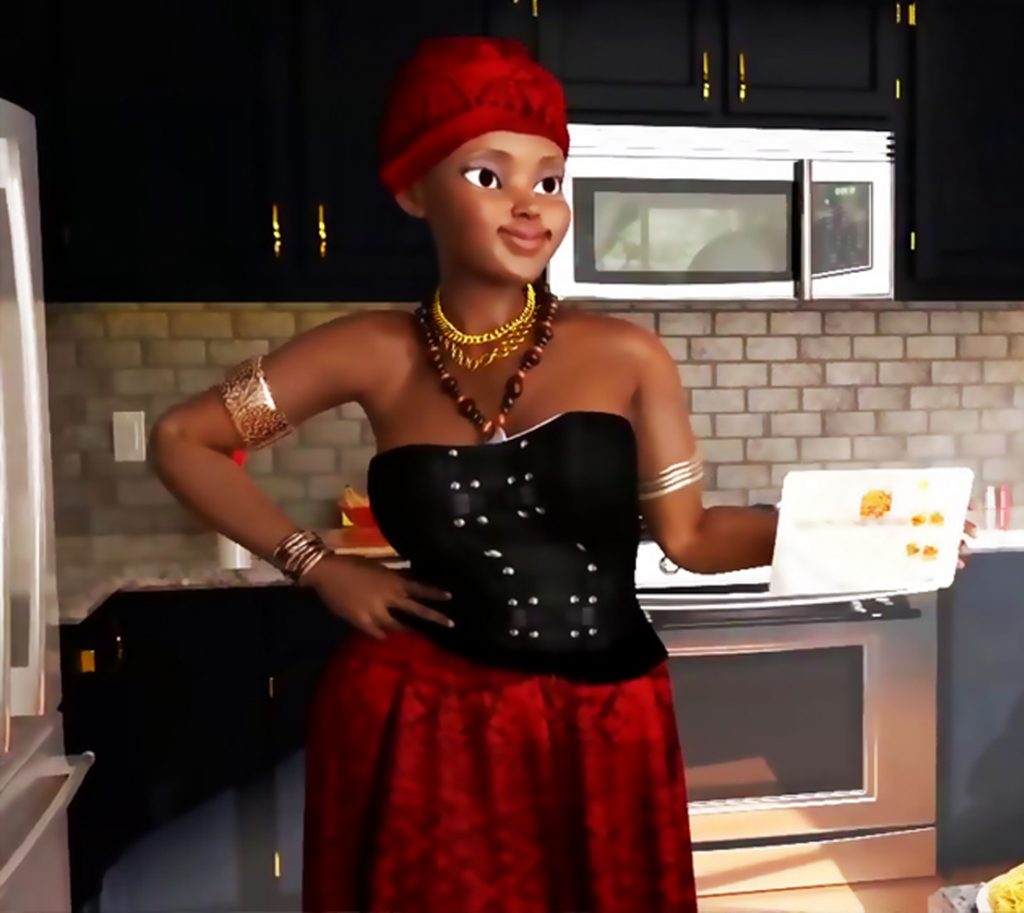
Animation 3D Character Style
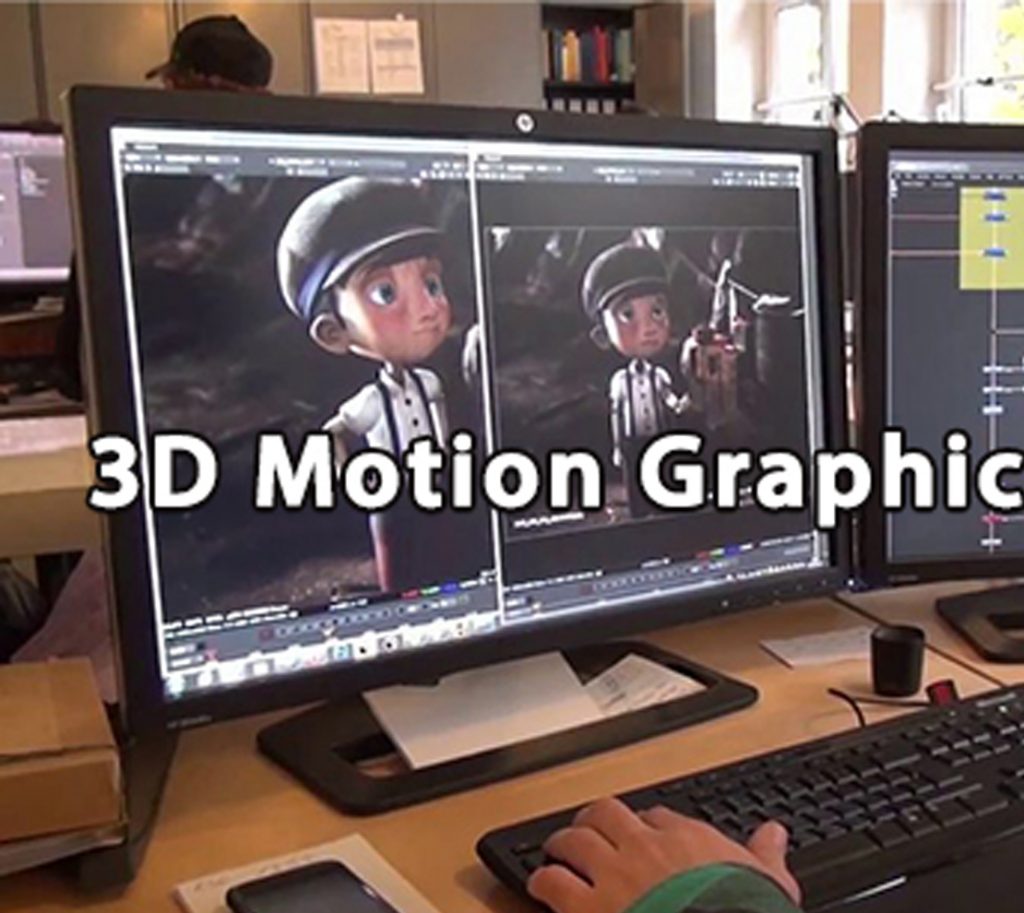
Animation Motion Graphics
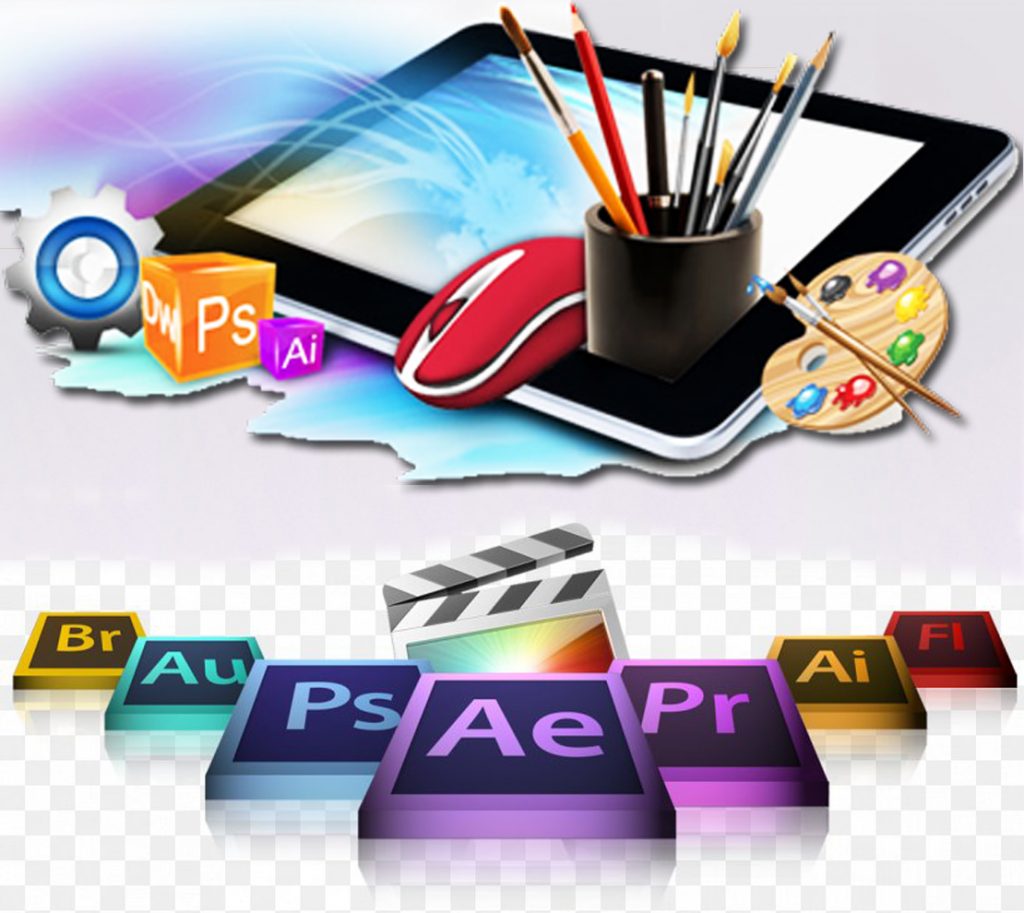
Animation Graphic Design
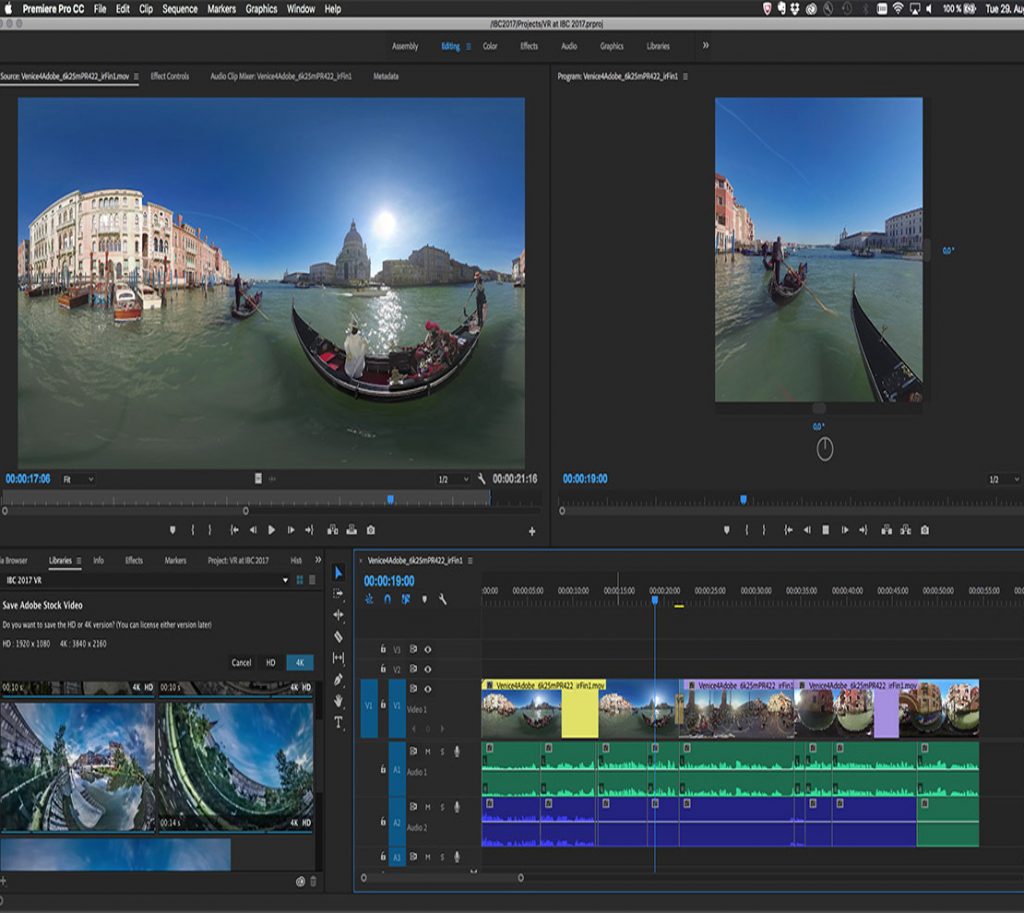
Animation Video Editing Video Clips Wedding

Animation 3D Architecture Visualization

Animation Photo Editing Photoshoot Background
2D vs 3D Animation: Which Field Should I Focus On?
With film, TV and video game fans all over the world hungry for fresh content, there are more opportunities than ever before for aspiring 2D and 3D Animators. But which style of animation should you dive into?
The main difference between 2D vs 3D animation is that 2D is more artistic and 3D is more mechanical. 2D requires a large amount of illustration, as every frame needs to be drawn. While 3D works with ‘rigs’, where a 3D model is essentially given a skeleton that can be manipulated.
2D vs 3D Animation
First thing’s first: neither 2D nor 3D is objectively “better”. Both have their place!
To take a classic example, Mario 64 needed 3D animation as it used a 3D game engine. On the other hand, classic Mario has no use for a 3D Animator because the art is two dimensional. Neither of these games suffer because of their art style—both are great games!
The style you pursue will mostly come down to your artistic preference. If you are creating a new video game, TV show, web series, or even a static medium such as a comic book, you might decide that one style suits the premise better.
The Best Way is to Try Both!
If you really want to experience the difference, try a bit of both and see what appeals to you the most. CG Spectrum offers beginners courses in both disciplines.
The online Introduction to 2D Animation course teaches you how to use Toon Boom Harmony (industry-standard software used to make Klaus and Rick and Morty). Taught by former Disney and DreamWorks Animators, you’ll learn 2D animation fundamentals and practice making fun animations, like this classic character walk by student Tasmiyah Saloojee:
*************************************
The online Introduction to 3D Animation course gets you feeling confident rigging and animating your own characters in Autodesk Maya, which is used by major film and game studios around the world. You’ll be personally mentored by industry experts who worked on War for the Planet of the Apes, And video games like Dauntless, Resident Evil, and Batman: Arkham Knight. You’ll graduate with an original piece of work for your demo reel!
How to Get Into 2D or 3D Animation
With the wealth of resources the internet provides, getting in a job in 2D or 3D animation has become much easier (provided you have an excellent understanding of the principles and awesome work in your demo reel to show for it!). There are many free tutorials available to help you get started.
It goes without saying that you can accelerate your career by taking a formal animation course through CG Spectrum. These courses are taught by industry experts with years of experience working on blockbuster films and Triple-A games. With their mentorship, you learn animation skills for success and get amazing insights into life in the industry.
Besides a high quality education, here are two more tips to help you become an Animator:
There are times when more mechanical aspects come into play, such as budget. For a show like South Park, the animation is very straightforward and would undoubtedly be more expensive were it done in 3D. On the other hand a film like Frozen would be prohibitively pricey to achieve anywhere near the same level of detail using 2D.
How 2D Animation Works
The illusion of movement is created when individual drawings are sequenced together in quick succession. One second of time is usually divided into 24 frames, and there can be as many as 24 unique drawings in one second of animation (24fps), or as little as two.
***********************+++++++++++++++++++******************
2D dialogue example for class by CG Spectrum Mentor Scott Claus who worked for DreamWorks and Disney
The easiest way to see this technique in action is in “flipbook” animation. Draw a ball on the lower corner of a notepad. On the next page, draw another ball but have it be slightly to the side of the where the original ball was. Continue this process for several pages and then flip through them quickly. If done correctly, the ball will appear to move as you flip through the pages.
Fully-fledged 2D animation works in the same way but is far more complicated. Picture our ball, but instead of a rough circle doodled on a notepad, it’s an entire scene with multiple moving parts. There will also likely need to be at least a dozen (probably more) pages per second to achieve the desired smoothness of the animation.
Now with computer software like Toon Boom Harmony and Adobe After Effects, mainstream 2D production has replaced these traditional hand drawn processes using pencil and paper for much faster and more cost-effective digital techniques. This allows 2D Animators to create in minutes what used to take weeks.
2D Animations Techniques
There are techniques to make life easier, of course. For example: if parts of the scene are static, there is no need to redraw them every frame, you can simply use the same image. Twining animation has also become quite common, where static parts of the model are moved around to achieve animation, rather than redrawn.
The above mentioned South Park is one example of this. It can help to think of this method in terms of drawing a scene, creating some characters and cutting them out and then placing them on the scene and moving them a frame at a time. The advantage of this technique is that it is much faster, especially with modern animation software, than traditional 2D animation. The downside is that it is much harder to achieve natural-looking motion.
How 3D Animation Works
3D animation is a layered process that involves many skills. Unlike 2D animation where the ability to draw is all you need to get started, 3D requires 3D models which are ‘rigged’ and animated.
